|
Find out how to balance the scenes in a crime novel or thriller by using different types of beats that help readers understand the fictional world they’re immersed in. There's a free sample scene analysis too!
|
|
Example from published fiction
Kate Hamer, The Girl in the Red Coat, Faber & Faber, 2015 (Kindle edition, Chapter 6) When I wake up in the morning everything's wonderful. For a moment I can't understand why. Then I remember: Mum's said if the weather's good we can go to the storytelling festival and that's today. |
Description beats
They help readers understand what characters are wearing, what they look like, what’s surrounding them, what they can hear, see, smell, touch or taste. That brings the scene alive.
|
Example from published fiction
Harlan Coben, Win, Arrow, 2021 (Kindle edition, Chapter 1) His name is Teddy Lyons. He is one of the too-many assistant coaches on the South State bench. He is six foot eight and beefy, a big slab of aw-shucks farm boy. Big T—that's what he likes to be called—is thirty-three years old, and this is his fourth college coaching job. From what I understand, he is a decent tactician but excels at recruiting talent. |
Dialogue beats
Like action beats, dialogue is an opportunity to bring depth to non-viewpoint characters in limited narrative styles. Their internal opinions and feelings – which we don’t have access to because we’re not in their heads – are revealed to us.
Why mixing up beats makes scenes more interesting
Writers and their publishing teams can use the drafting and editing stages to analyse the prose and evaluate whether there’s sufficient balance.
How to analyse a scene for beat balance
Approach 1
One way of approaching this is to think not in terms of the different types of beats but instead in terms of what they contribute, and whether there’s too much or too little.
And so writers and their editors can ask: Which of the following should the reader experience in this scene, and are they present? Here’s a summary of those elements:
- Sensibility (via emotion beats)
- Movement (via action beats)
- Breathing space (via inaction beats)
- Stability (via description beats)
- Expression (via dialogue beats)
An over-reliance on dialogue – even if it’s extremely well written – leaves a reader with no nudges about the emotions characters are experiencing or the environment they’re operating in. It’s two or more talking heads on a page.
If there should be expression in the scene, but the characters are chattering too much, think how you might turn the volume down, or at least disrupt it.
Consider introducing a few action, description and emotion beats. Or even turn some of the information contained within the speech into narrative.
An over-reliance on objective description – even if it gives the reader a rich sense of the environment – leaves readers with no way of accessing mood. It’s a menu of what’s where.
Description should stabilise the scene, not crush it so that it’s as flat as a pancake.
Help readers get under the skin of the characters and their environment by adding emotion or dialogue, or a little action that gives the scene some movement.
An over-reliance on emotion can be draining and doesn’t give the reader the chance to take a breath. It’s like a counselling session.
If there should be emotion, but a character’s self-absorption is swamping a reader’s ability to make sense of the environment, introduce description and action beats to ground the reader a little more objectively.
|
Approach 2
Another option is to colour-code the text in a scene according to what type of beats are in play. This can help authors and editors evaluate whether one type of beat is overbearing, and where they might add in additional types of beat to disrupt that dominance. It's a powerful way of communicating the problem visually and quickly. |
Summing up
Other resources you might like
- Editing Fiction at Sentence Level: book
- Fiction editing line craft: books
- How to Line Edit for Suspense: multimedia course
- How to Write the Perfect Editorial Report: multimedia course
- Narrative Distance: multimedia course
- Resource library
- Switching to Fiction: multimedia course
She is an Advanced Professional Member of the Chartered Institute of Editing and Proofreading (CIEP), a member of ACES, a Partner Member of The Alliance of Independent Authors (ALLi), and co-hosts The Editing Podcast.
- Get in touch: Louise Harnby | Fiction Editor & Proofreader
- Connect: Twitter at @LouiseHarnby, Facebook and LinkedIn
- Learn: Books and courses
- Discover: Resources for authors and editors
Leave a Reply.
BLOG ALERTS
TESTIMONIALS
Dare Rogers
'Louise uses her expertise to hone a story until it's razor sharp, while still allowing the author’s voice to remain dominant.'
Jeff Carson
'I wholeheartedly recommend her services ... Just don’t hire her when I need her.'
J B Turner
'Sincere thanks for a beautiful and elegant piece of work. First class.'
Ayshe Gemedzhy
'What makes her stand out and shine is her ability to immerse herself in your story.'
Salt Publishing
'A million thanks – your mark-up is perfect, as always.'
CATEGORIES
All
Around The World
Audio Books
Author Chat
Author Interviews
Author Platform
Author Resources
Blogging
Book Marketing
Books
Branding
Business Tips
Choosing An Editor
Client Talk
Conscious Language
Core Editorial Skills
Crime Writing
Design And Layout
Dialogue
Editing
Editorial Tips
Editorial Tools
Editors On The Blog
Erotica
Fiction
Fiction Editing
Freelancing
Free Stuff
Getting Noticed
Getting Work
Grammar Links
Guest Writers
Indexing
Indie Authors
Lean Writing
Line Craft
Link Of The Week
Macro Chat
Marketing Tips
Money Talk
Mood And Rhythm
More Macros And Add Ins
Networking
Online Courses
PDF Markup
Podcasting
POV
Proofreading
Proofreading Marks
Publishing
Punctuation
Q&A With Louise
Resources
Roundups
Self Editing
Self Publishing Authors
Sentence Editing
Showing And Telling
Software
Stamps
Starting Out
Story Craft
The Editing Podcast
Training
Types Of Editing
Using Word
Website Tips
Work Choices
Working Onscreen
Working Smart
Writer Resources
Writing
Writing Tips
Writing Tools
ARCHIVES
July 2024
June 2024
May 2024
April 2024
March 2024
October 2023
August 2023
July 2023
June 2023
May 2023
April 2023
March 2023
January 2023
December 2022
November 2022
October 2022
September 2022
August 2022
July 2022
June 2022
May 2022
April 2022
March 2022
February 2022
January 2022
December 2021
November 2021
October 2021
September 2021
August 2021
July 2021
June 2021
May 2021
April 2021
March 2021
February 2021
January 2021
December 2020
November 2020
October 2020
September 2020
August 2020
July 2020
June 2020
May 2020
April 2020
March 2020
February 2020
January 2020
December 2019
November 2019
October 2019
September 2019
August 2019
July 2019
June 2019
May 2019
April 2019
March 2019
February 2019
January 2019
December 2018
November 2018
October 2018
September 2018
August 2018
July 2018
June 2018
May 2018
April 2018
March 2018
February 2018
January 2018
December 2017
November 2017
October 2017
September 2017
August 2017
July 2017
June 2017
May 2017
April 2017
March 2017
February 2017
January 2017
December 2016
November 2016
October 2016
September 2016
June 2016
May 2016
April 2016
March 2016
February 2016
January 2016
December 2015
November 2015
October 2015
September 2015
July 2015
June 2015
May 2015
March 2015
February 2015
January 2015
November 2014
October 2014
September 2014
August 2014
July 2014
June 2014
March 2014
January 2014
November 2013
October 2013
September 2013
August 2013
June 2013
February 2013
January 2013
November 2012
October 2012
September 2012
August 2012
July 2012
June 2012
May 2012
April 2012
March 2012
February 2012
January 2012
December 2011
|
|
|


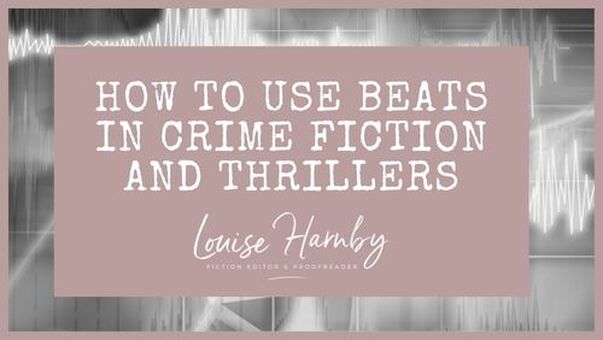
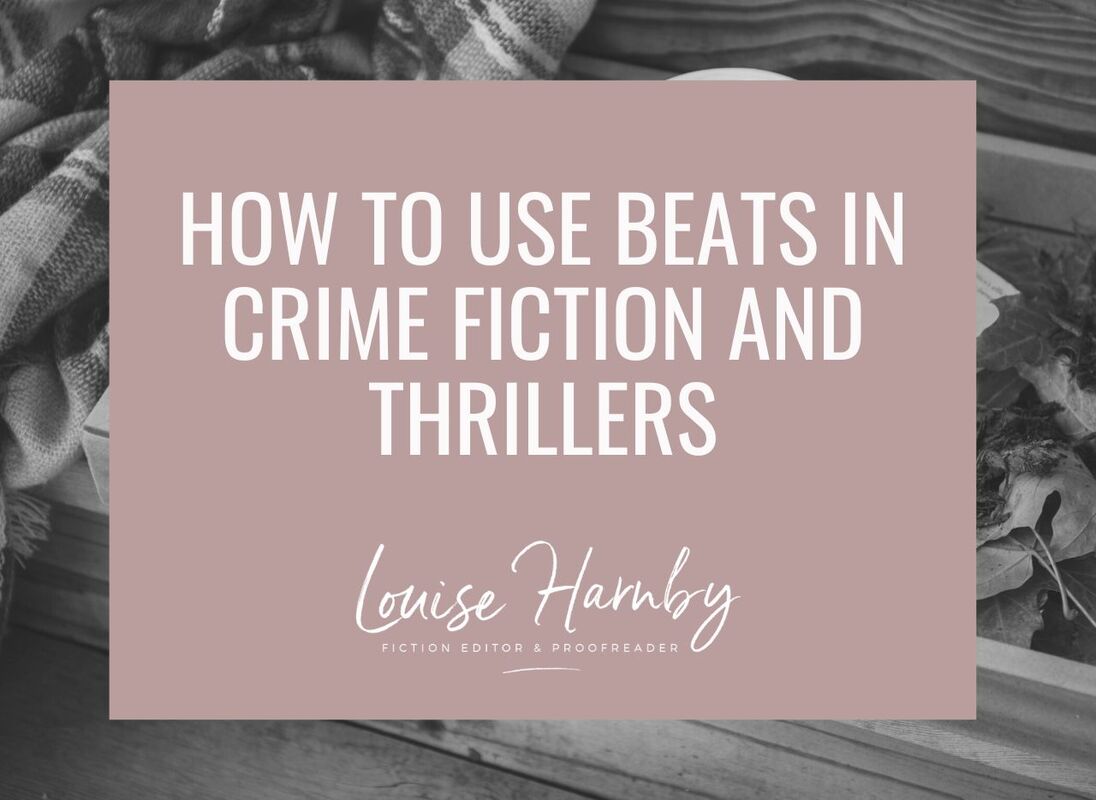
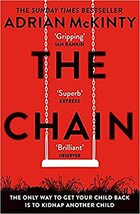
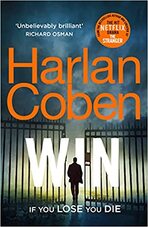
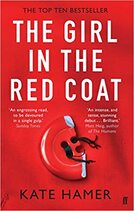
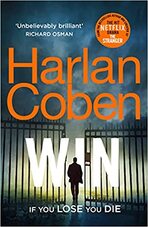
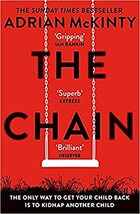
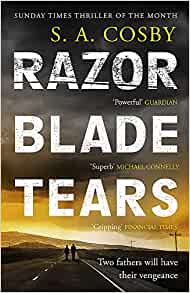
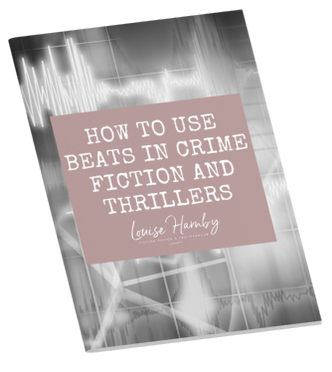













 RSS Feed
RSS Feed





